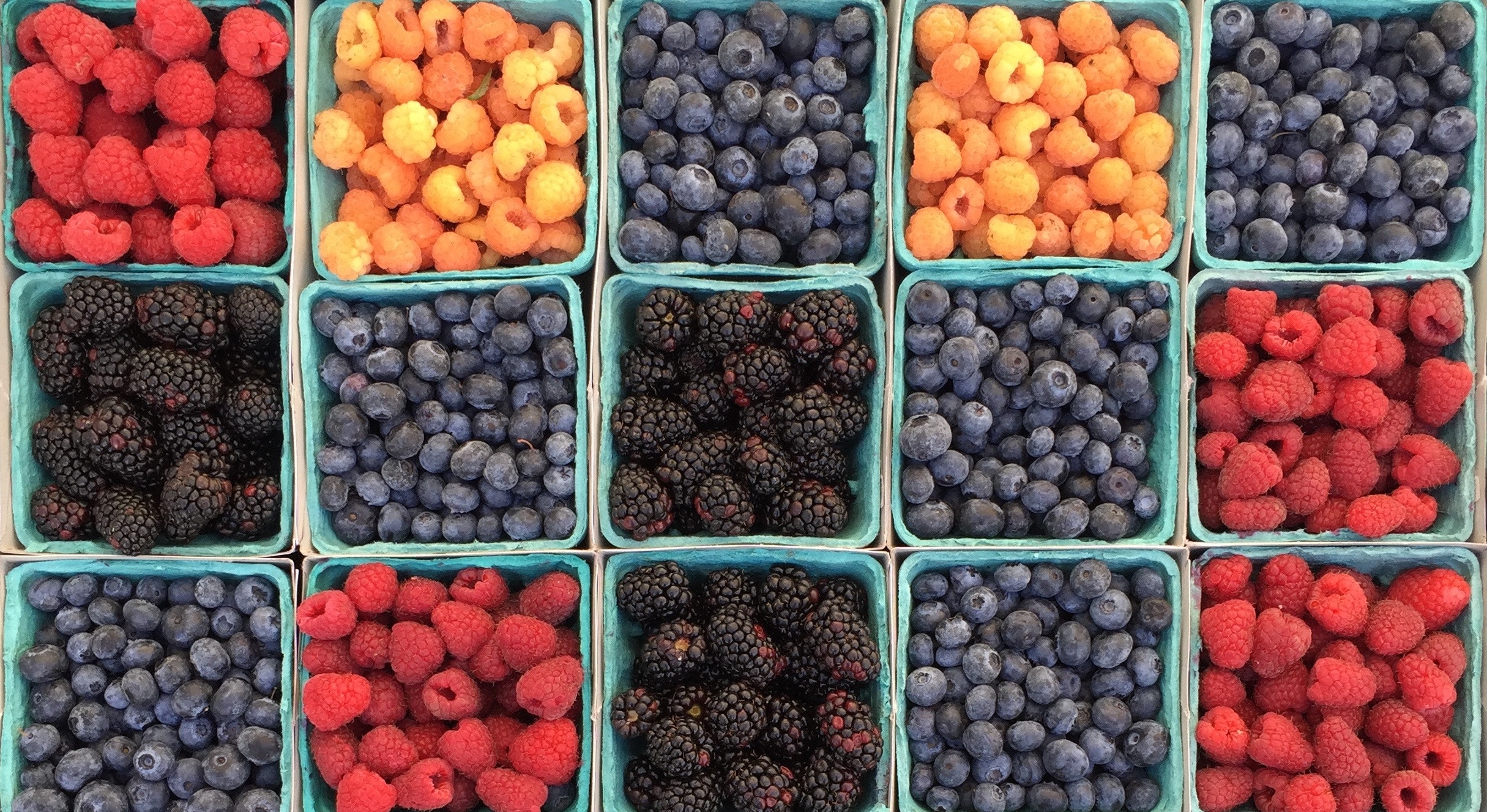
“We have more than 55 newsletters now,” said Elisabeth Goodridge, newsletter editorial director at The New York Times. “I encourage you to sign up for all of them!”
I haven’t signed up for all of them, but I did sign up for a bunch, including one so new that it’s not actually included on the Times’ newsletters page yet: Your Weekly Edition, a three-week-old “experimental newsletter [that] aims to provide you with a personalized selection of the week’s most important news, analysis and features,” using a mix of editorial curation and algorithms.
One goal: to show you only things that you haven’t read already. Here’s how the Times explains it:
After choosing the most timely and impactful stories and commentary of the past seven days, our editors group them into three sets:
Best of The Times Riveting journalism that we’ve published recently, including video, graphics and rich multimedia pieces.
News you might have missed A selection of the news stories, analyses and explainers you might have missed.
Opinion Commentary from some of the world’s most provocative thinkers
Discover Highlights from our features coverage, including stories from travel, food, health and other lifestyle sections.
Once these sets are populated, we algorithmically select the articles we hope will be most interesting to you, based on articles you have read as well as stories that other Times readers found interesting.
The more you read as a logged-in user on the Times’ website (something the Times also wants you to do for other reasons too, of course), the better Your Weekly Edition will be. But even if all you read on the Times is — I don’t know — cooking articles, that’s not all you’ll see in the newsletter.
“With this structure, we’re trying to hit the right balance — broadening your interests and helping you find what the Times is publishing that’s the best,” said Eugene Wang, senior product manager of personalization at the Times. “And, very simply, we try not to show you stuff you’ve already read.”
“Say you read a lot about cooking, and someone similar to you has also read a lot about cooking, but also read a Saturday profile from International about a chef in Italy,” said Goodridge. “We may surface that story in your queue in your newsletter.”
Your Weekly Edition is the Times’ first major editorial product with a heavy personalization component, following some earlier experiments we wrote about last year. Goodridge, Wang, and design director Elena Gianni cautioned me that the newsletter is so new that it’s too early to draw conclusions about what is or isn’t working. Each edition asks readers for feedback, and reactions have been largely positive so far. Gianni said that one thing the Times hopes to do is provide readers with a little more insight into how the algorithm works — “without hitting anyone over the head with too much tech.” With the Cambridge Analytica scandal in the news around the time of the newsletter’s launch, she said she’d feared readers might shy away from anything that seemed too targeted. So far, though, that hasn’t happened. “It makes me think that the kind of approach we have, mixing curation with personalization, is a promising approach,” she said.You can sign up to try it here.
Your Weekly Edition is just a small part of the Times’ newsletter strategy, which has been honed by Goodridge, the first person to hold the role (she started in late 2016). Before then, the launch of Times newsletters had been somewhat haphazard — “There was an awful lot of ‘I want a newsletter’ 15 years ago, not a lot of thought behind audience or product,” she said. A large part of her job now is determining what to sunset, refine, upgrade, and launch. When she started, the Times had 40 newsletters; now, there are 55, but some of the original 40 were killed. The T Magazine newsletter was folded into Vanessa Friedman’s Open Thread fashion newsletter, for instance. Also gone: Entrepreneurship and Booming, which were “tied to verticals that were very important 5 or 6 years ago, but then the verticals and staff went away and we still had the newsletters — it didn’t make sense.”
The Times has different goals for its different kinds of newsletters. Some of them, like The Interpreter, are meant to be enjoyed entirely within the email. “Read, enjoy, learn, and click delete, no need to ever leave your inbox,” Goodridge explained. At the other end of the spectrum are newsletters that are more of a “laundry list of links,” like Science Times, which is one of the Times’ fastest-growing newsletters. With the enjoy-in-your-inbox newsletters, Goodridge places more emphasis on open rates and subscriber numbers; for the link-y, audience-driving newsletters, click-through rates are the most important criteria.
And some newsletters are simply designed to be temporary: The Times just launched Summer in the City, which includes recommendations for young New Yorkers who live in the city. “For that newsletter, we hired two millennial female writers [Tejal Rao and Margot Boyer-Dry], one covering events and culture, the other covering food and bars,” Goodridge said. It’s a pop-up, and it’ll be gone after Labor Day.
And then there is the Times’ most important newsletter of all.
“A masthead editor came up to me and said, ‘I’ve been really impressed with the algorithm [of Your Weekly Edition]. But I’d already read one of the stories that was recommended in my queue,'” Goodridge recounted. “I asked, ‘Oh, which one?’ And she said, ‘Oh, wait. It was one that I’d already read in print.'”
— Tiny personalizations on the Times’ homepage.
— “We were trying to avoid, as much as possible, some Apple News–type screen where you have to select your topics before you jump in.”
— How Vox’s healthcare newsletter is filling a role beyond “articles on the Internet.”